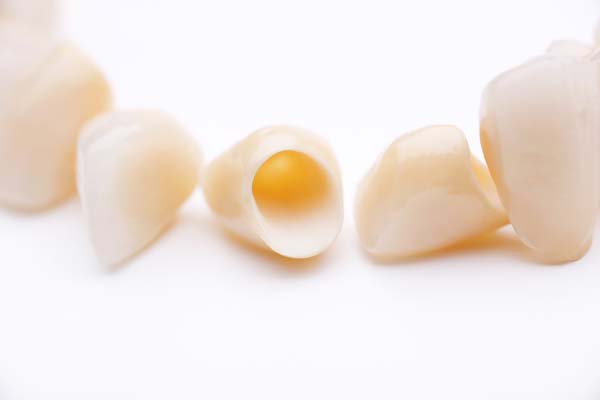How Many Visits Does It Take to Get a Dental Crown?

When getting a dental crown, you might wonder how many visits you need to make before you can get the restoration. Usually, you can expect to have around two office visits to complete the process. There are several steps involved, so you might want to understand each one a bit better. Keep reading to learn more.
About the office visits involved
Getting a crown might involve a couple of different appointments at the dentist’s office. Sometimes, the patient might need to have three visits. However, that might happen only if there is a problem when it comes to fitting the crown. The dentist might be able to complete the process with two visits.
At the first office visit
First, the patient will have some X-rays done of the rest of the teeth. That way, the dentist can assess the area to see how healthy the tooth is. If the tooth is not that strong, the dentist might recommend having a root canal done first. That helps the tooth become stronger. The X-ray is necessary even if the patient is only getting a crown to improve the aesthetics.
It is possible for a crown sometimes to fall out. However, with the right maintenance, the device might last for many years. To help that happen, patients will want to floss, brush, and use mouthwash. That way, the teeth can stay in better health, helping the crown to last longer.
When getting the crown fitted
The dentist prepares the tooth to remove damage and decay. The dentist might need to remove some of the teeth to place the crown better. If the patient does not have many teeth left, the dentist might build up the area first. It helps the crown remain in place.
Next, the dentist might take impressions of the mouth with putty or mold. Sometimes, the patient will also have digital scans. The images account for the rest of the teeth in the mouth, as well. That way, the crown will fit well with the patient’s bite. The dental lab receives the impressions and creates the crown to fit in the patient’s mouth. It could take a couple of weeks before the new restoration is ready to place in the mouth.
Placing the dental crown
Once the dental crown is done, the dentist will receive it. Then the patient can set up an appointment to have it fitted. The patient will remove any temporary crowns and check how the new one fits. The patient will have a chance to see the fit and look at it, as well. The dentist can make any adjustments before placing the restoration.
Choose the right dental crown type today
If you think a dental crown is right for you, you might want to set up an appointment. You can then have your other questions about the procedure answered. The dentist is ready to help and can offer additional details. Your first step is making an appointment.
Request an appointment here: https://www.halhirschdmd.com or call Hal M. Hirsch DMD, FAGD at (856) 270-6447 for an appointment in our Laurel Springs office.
Check out what others are saying about our dental services on Yelp: Dental Crowns and Dental Bridges in Laurel Springs, NJ.
Related Posts
A broken dental crown is often a sudden issue. Dental crowns are permanent dental restorations. A crown may dislodge because of an injury, an accident, wear, or even old age. The dentist will determine if your crown needs repairs or a replacement. If you want to know what the dentist does to repair or replace…
Dental bridges are an excellent way to replace missing teeth and maintain your smile. When you have a dental bridge, you must know the different types of bridges available to make the best decision for your personal needs. This article will cover four types of dental bridges: fixed bridgework, traditional removable dentures, implant-supported dentures, and…
Clear aligners are becoming increasingly popular and many are choosing them over traditional braces. They offer a range of benefits, which include a discreet treatment option, the ability to remove them while eating and brushing teeth and faster treatment times on average. Learning more about how clear aligners differ from traditional braces and why so many…
Many parents often forget the need to get a kid friendly dentist when choosing a dentist for their children. A kid friendly dentist offers additional benefits that are not available from a regular dentist's office. Some might also get confused when they encounter pediatric dentists and wonder if there is any difference. Pediatric dentists also…
